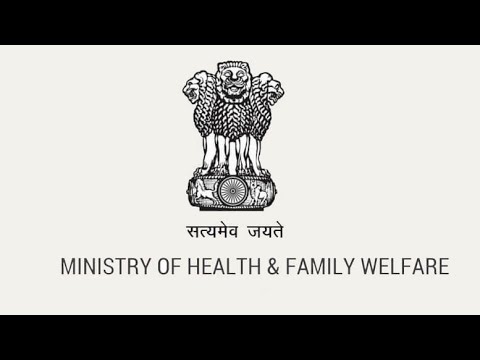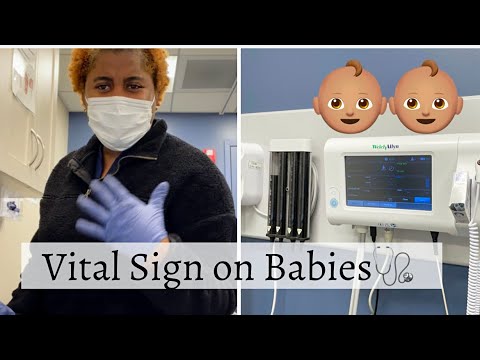Grants Available for Medical Assistants
Contents [show]
There are a number of grants available for Medical assistants Here’s a look at some of the most popular options.
Checkout this video:
What is a Medical Assistant?
A medical assistant is an allied health professional that supports the work of physicians and other health professionals, usually in outpatient clinics, by performing a variety of routine administrative and clinical tasks. Medical Assistants can be found performing tasks such as taking and recording patients’ vital signs and medical histories, scheduling appointments, drawing blood, updating medical records preparing lab specimens for testing, and giving injections. Most medical assistants have postsecondary education such as a certificate or diploma from an accredited program. Some states have certification requirements for medical assistants.
Duties of a Medical Assistant
A medical assistant is a healthcare professional who assists medical providers in caring for patients. Medical assistants perform a variety of administrative and clinical tasks to keep the offices of physicians and other health practitioners running smoothly.
Most medical assistants have completed a postsecondary education program that lasts about 1 year. Although not required, many medical assistants choose to become certified. Employers prefer to hire candidates who are certified, and some states require certification for certain tasks, such as administering injections.
Education and Training for Medical Assistants
Medical assistants are in high demand across the United States MAs perform both administrative and clinical tasks in hospitals, doctors’ offices, and other healthcare settings. They are a vital part of the healthcare team, providing support to patients and physicians alike.
There are many ways to become a medical assistant Some MAs receive on-the-job training, while others complete certificate or diploma programs at community colleges, technical schools, or four-year universities. Many states require MAs to be certified or registered, although requirements vary by state.
The U.S. Department of Education offers several federal financial aid programs to help students pay for their education and training. The following grants are available to medical assistant students:
· Federal Pell Grant– This grant is awarded based on financial need and does not have to be repaid. The amount of the grant depends on the student’s financial need, cost of attendance, and enrollment status.
· Federal Supplemental Educational Opportunity Grant (FSEOG)– This grant is awarded to students with exceptional financial need who are also receiving Federal Pell Grants. The amount of the FSEOG depends on the availability of funds at the school and the student’s financial need.
· Iraq and Afghanistan Service Grant– This grant is available to students whose parent or guardian died as a result of military service in Iraq or Afghanistan after September 11, 2001. The student must be under 24 years old or enrolled in college at least part-time at the time of the parent’s or guardian’s death. The amount of the grant is equal to the Federal Pell Grant for which the student would otherwise be eligible.
Job Outlook for Medical Assistants
According to the Bureau of Labor Statistics, employment of medical assistants is projected to grow 29 percent from 2016 to 2026, much faster than the average for all occupations. An aging population and increasing demand for preventive medical services will lead to greater demand for routine office visits. As a result, physicians will hire more medical assistants to perform routine administrative and clinical duties, allowing the physicians to see more patients.
Salary for Medical Assistants
The salary for medical assistants varies depending on the employer, geographic location, and type of position. The median annual salary for medical assistants was $31,540 in 2017, according to the U.S. Bureau of Labor Statistics (BLS). The top 10% of earners made more than $43,590, while the bottom 10% earned less than $23, 160 that year.
Medical assistants with experience and specialized training can earn higher salaries. For example, certified medical assistants (CMAs) earn an average of $17.00 per hour, or $35,360 per year, according to the BLS. Those who have completed a postsecondary education program in medical assisting may also qualify for higher-paying positions.
Grants for Medical Assistants
Medical assistants may become eligible for a variety of grants. These include need-based grants, such as the Federal Pell Grant, as well as grants for those who are pursuing careers in specific medical fields, such as the Primary Care Physicians’ Health Scholarship. There are also grants available from private organizations, such as the American Association of Medical Assistants Foundation Scholarship.
What is the best way to become a Medical Assistant?
There are a few different ways that you can become a medical assistant. You can either take a course at a community college or vocational school, or you can complete an accredited training program. Alternatively, you can also become certified through the American Association of Medical Assistants (AAMA).
The best way to become a medical assistant is to complete an accredited training program. These programs typically take around one year to complete, and they will provide you with the skills and knowledge that you need to be successful in this field. Additionally, many employers prefer to hire candidates who have completed an accredited training program.
If you are interested in becoming a medical assistant, there are a few different grants that you may be eligible for. The Health Professions Education Foundation offers grants for medical assistants who are interested in pursuing their education. Additionally, the AAMA offers scholarships for medical assistants who are interested in furthering their education.
What are the benefits of becoming a Medical Assistant?
There are many benefits to becoming a medical assistant. Medical assistants can find work in a variety of settings, including hospitals, clinics, and physician’s offices. They perform a variety of tasks, from taking patient histories to scheduling appointments. In addition, medical assistants often have the opportunity to interact with patients on a daily basis and make a difference in their lives.
What are the drawbacks of becoming a Medical Assistant?
Though a career as a medical assistant has many rewards, there are some drawbacks worth considering. Medical assistants work in fast-paced environments and may be expected to handle a high volume of patients. They may also be required to work evenings or weekends to accommodate the needs of patients and physicians. While most medical assistants have daytime hours, some positions may require early morning, late evening, or weekend shifts.
How can I become a Medical Assistant?
There are many ways to become a medical assistant. One way is to attend a vocational school, community college, or proprietary school that offers a one-year certificate or diploma program in medical assisting. Another way is to complete an accredited two-year associate degree in medical assisting.







